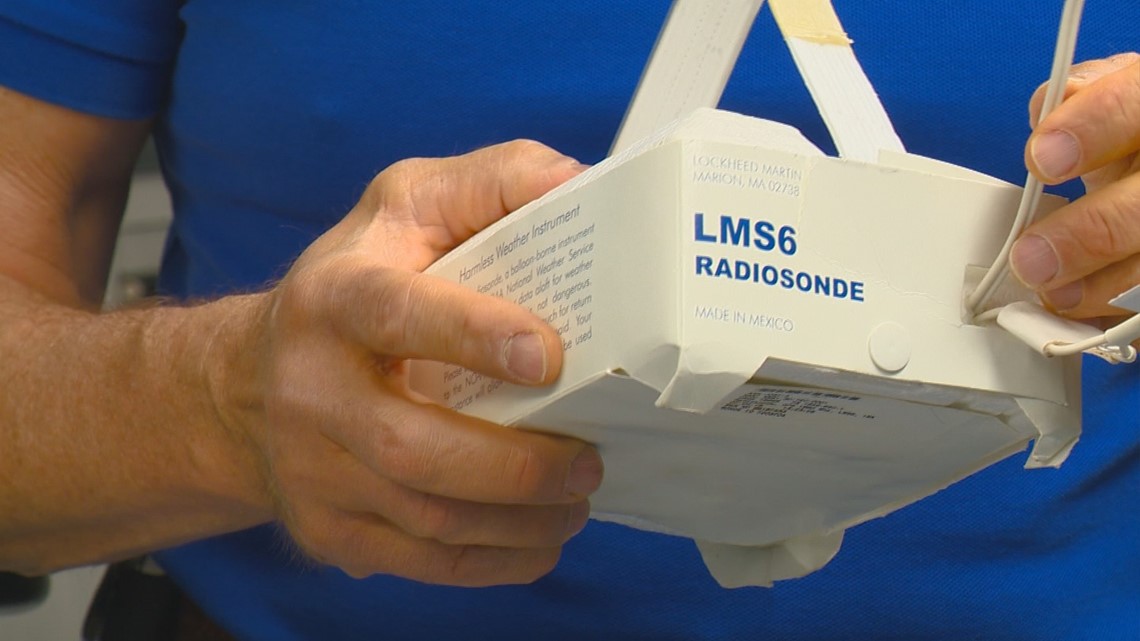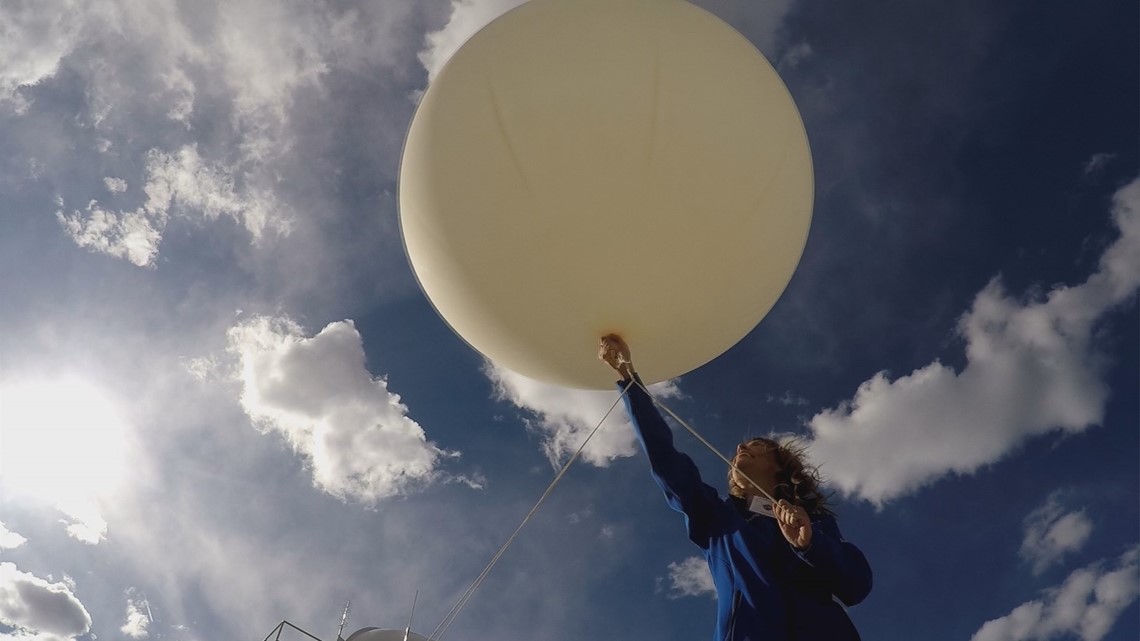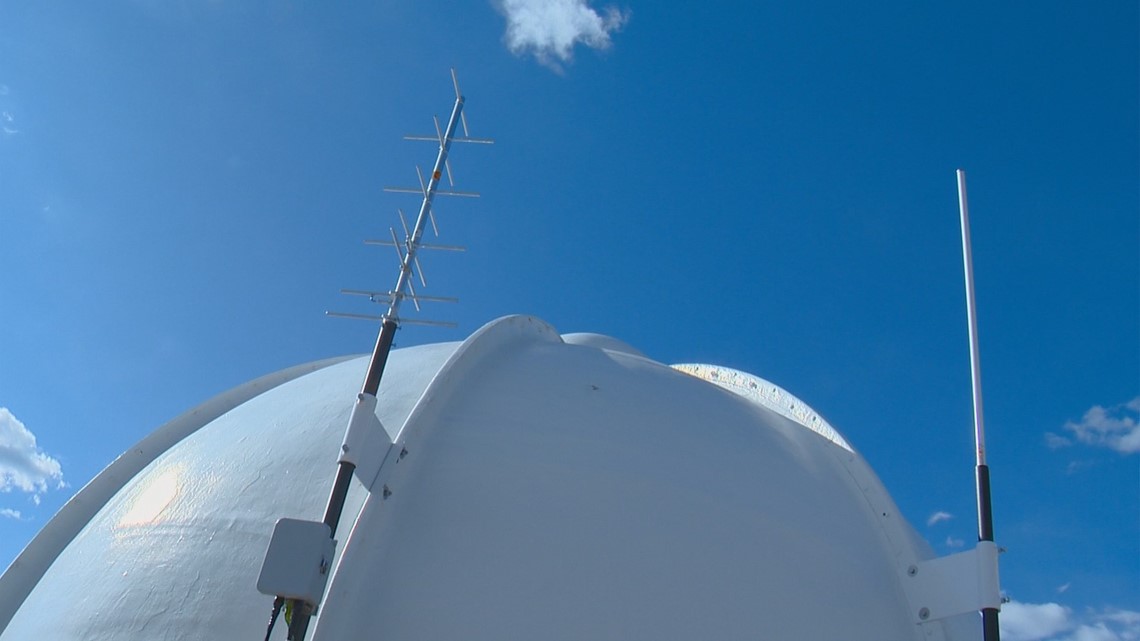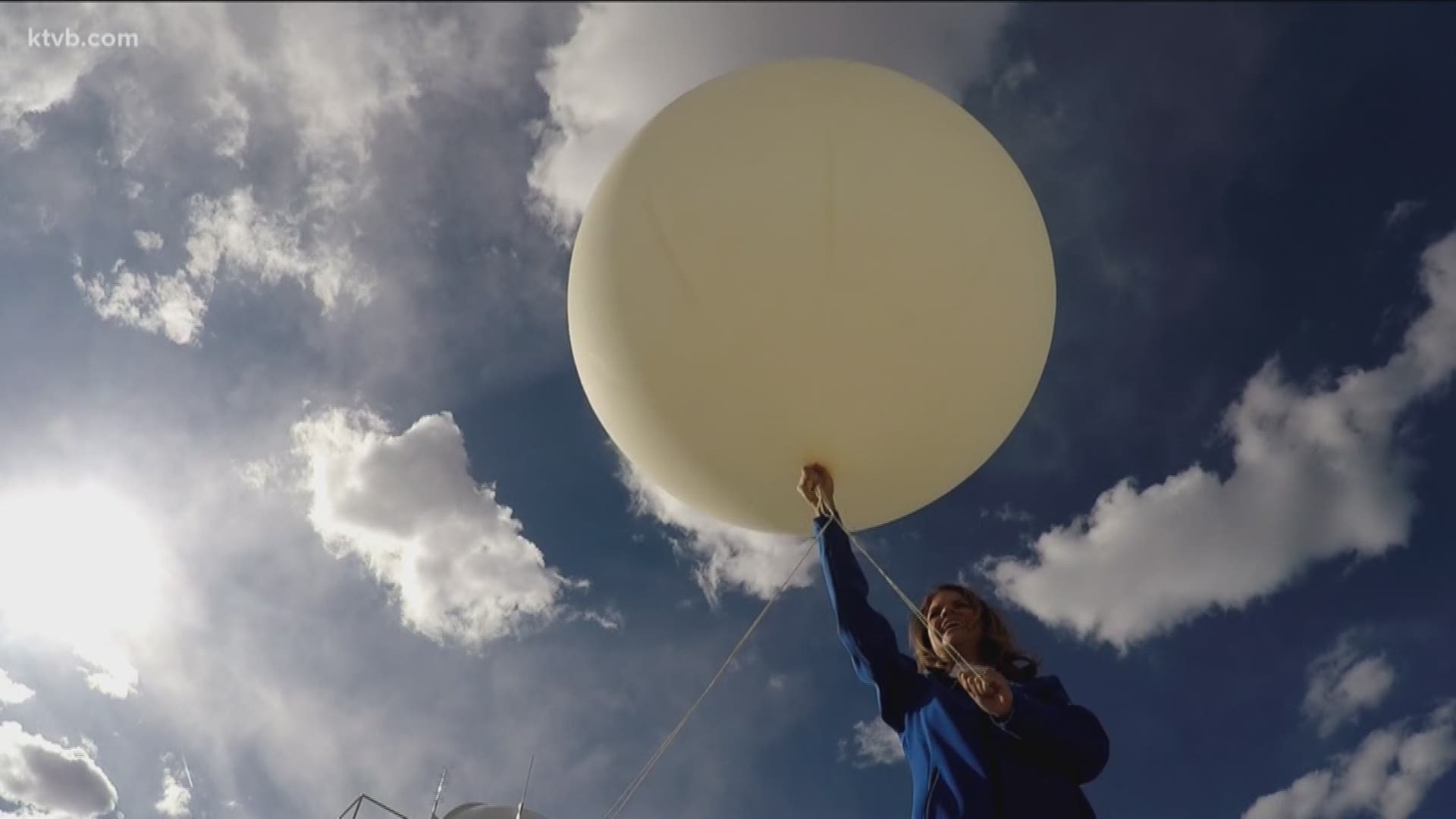BOISE, Idaho — You see the forecast in every newscast on KTVB - the all-important 7 Day Forecast that gives us an idea of what to expect in the future.
Our KTVB meteorologists are predicting the future so that we can all plan accordingly; whether it be snow, wind, rain or shine.
But how do they look ahead in time and put together a forecast? Roll the dice Flip a coin? Ask a fortune teller? Some people may think it’s that haphazard, but there’s a lot more to it.
Forecasting the weather is tricky business, as it really is looking ahead to the future. Meteorologists, like Wasyl Hewko with the National Weather Service in Boise, don’t have a crystal ball. What they do have are computer forecast models - and lots of them.
"We've gone from one model to like a kajillian models," Hewko said. "Well, not really a kajillian, but we have a lot of models."
Before the models can predict the future, they need to know what the weather is like right now.
"Those models have got to start somewhere and they start with what's happening now," Hewko said. "And as they go through time and space they use their sophisticated programs and algorithms to calculate what's going to happen in the atmosphere."
That’s where the weather balloon rises to the occasion, taking with it a “radiosonde,” which transmits information - including temperature, humidity and pressure - from a cross-section of the atmosphere.


"It's actually broadcasting, once per second, this information, and it's got a GPS in there that we use for tracking wind direction and speed,” Hewko said.
Typically filled with hydrogen, or sometimes helium, the balloons are sent up on an important mission, rising through the troposphere and into the stratosphere at a speed of about 1,000 feet per minute.


Two hours later, the balloon is more than 20 miles above the earth’s surface, and through the entire flight, it’s sending back information to make our models work.
But as with any kind of technology, there can be glitches.
"If you have bad data as an input for the models, than you're going to get bad data out,” Hewko said.
And sometimes a bad forecast can be blamed on limited data. Across the United States, there are around 90 National Weather Service sites where balloons are launched twice a day, at the same time.
If you’re forecasting in the Midwest or on the East Coast, forecast models have had an input of a detailed 3-D picture of the atmosphere from each balloon along its way. Compare that to a storm on the West Coast, which won't have a chance to be sampled by many – if any – balloons.
That can make our forecasts here in Boise a little trickier at times. We have few sites west of us, and what we’re left with is the data that comes from satellites out over the ocean.
"Yeah, the satellite picture," Hewko said. "They've come a long way, you know, with their sensors and what not, but I don't think anything beats being there. Actually going through the atmosphere, and that's what these [balloons] do."
It’s the difference between a satellite image from above our fluid atmosphere and what a balloon gives us, which is a sampling from bottom to top.
"A three-dimensional vertical profile of the atmosphere,” Hewko explained.
Weather balloons have been used to observe our atmosphere since the late 1800s, but became much more useful in the 1930s with the implementation of radio technology.
You might be thinking, with numerous technological advances over the last several decades, why are we still using century-old forecasting methods?
Well, even weather balloons and their tracking equipment have been upgraded over the years. The big dish outside of the offices at NWS Boise was recently replaced by two stationary antennas. Those antennas now listen for the data that the radiosonde on the weather balloon is sending back.


Starting out about five feet in diameter, and as the pressure decreases with increasing altitude, the balloon grows to ten-times its original size. Two hours to the top, some gorgeous views of our planet and atmosphere, and then the “pop!”
A parachute helps to slow its trip back down to earth where it could end up almost anywhere. Some kits have a prepaid postage envelope attached to it, so that the finder can pack it up and send it back to the National Weather Service for proper disposal.
The NWS says only about 20 percent of balloons are returned. Some drift so far away, that they’re never found, while others could end up in someone’s personal collection.
The kit for each launch costs a little more than $200. That may seem pricey to do twice per day, Hewko said, but you “can’t put a price on human life.”
These balloons help forecasters to see into the future, and warn the public of potential damage or loss to life and property. Forecasts may be frustrating at times, but they’re important.
"You feel like you're helping people, in a sense," Hewko said. "By getting the forecast right, and warning them when you see something bad coming and give them a heads up.”

